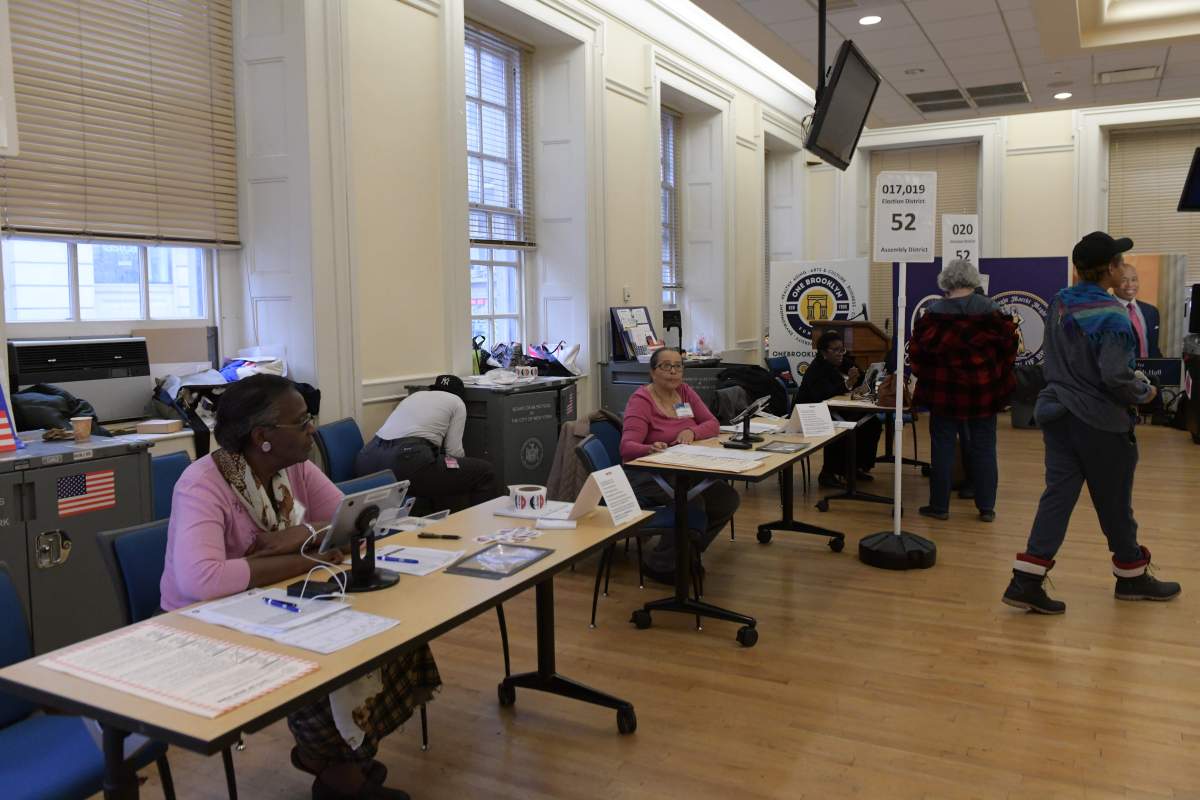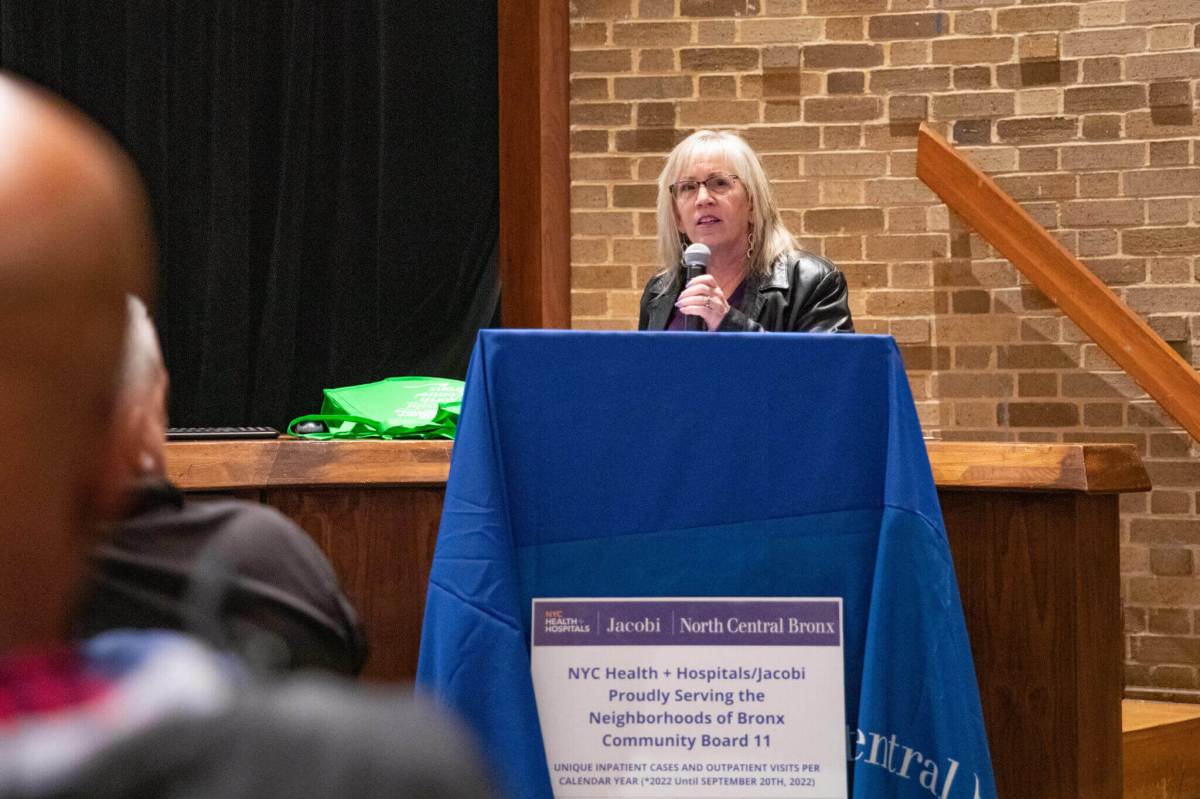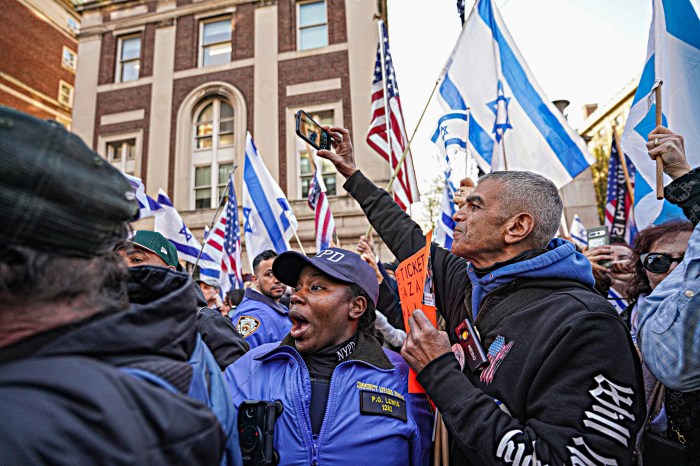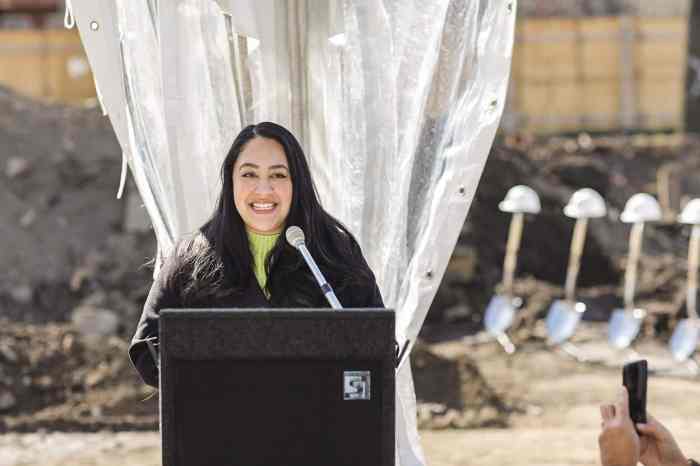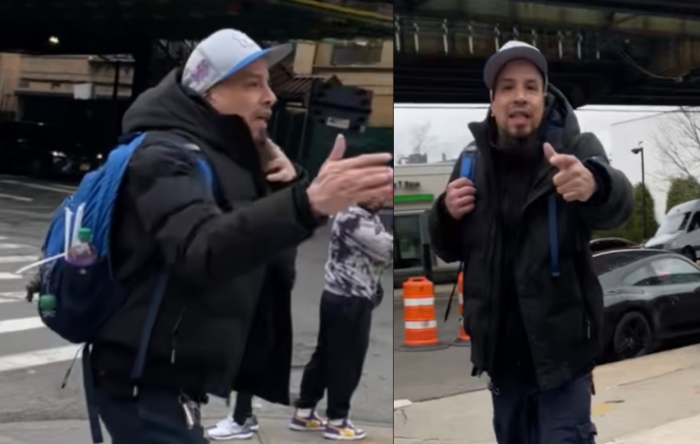Ranked-choice voting is coming to New York City.
With 90% of scanners reported, voters approved all five back-of-the-ballot proposals Tuesday, bringing the new voting model the city along with a host of other new policies.
New York will join more than a dozen other cities and countries that have adopted a ranked-choice model. The approved proposal will set that new ranked system in place for elections begging in 2021.
Under the new model, voters can rank up to five candidates for primary and special elections for mayor, public advocate, comptroller, borough president and the City Council. Instead of just choosing one candidate, voters could rank them by most preferred to least. If one candidate receives the majority of first-place votes, that candidate wins the elections. If not, ranked-choice triggers a vote transferal process until a candidate with at least 50 percent of the vote is identified.
Voters also passed a question with five proposals to expand and strengthen the authority of the Civilian Complain Review Board (CCRB), the group that is charged with investigating reports of police misconduct against civilians. The measure, in part, authorizes the body to investigate statements police make during its investigative process and expands the 13-member board by two members.
Tuesday’s vote also approved a measure that in part extends the ban on how long former city officials and appointees must wait before lobbying their old agencies, from one year to two.
The fourth approved proposal would allow the city to create “rainy day fund” in its budget and set minimum budgets for public advocate and borough president offices.
And the fifth measure approved relates to land use and requires the city to submit detailed project summaries to the relevant borough president, borough board and community board at least 30 days before the application is certified for public review. It also gives the local community board additional time to review the project.
The proposals had divided the city’s editorial boards; the Daily News endorsed all five measures, while the New York Post urged readers to vote against them all. The New York Times supported all but the fifth, arguing that extending land use reviews would further delay an “urgent need” to build more affordable housing.
The back of the ballot was packed with text — more than 900 words in English. The five questions rankled some who felt it wrong to pack so many measures into each proposal, which are up for a unilateral “Yes” or “No” votes. Staten Island Councilman Joe Borelli, for example, told the Times that he would vote against the CCRB proposal, even though he approved one of its individual measures.
Ballot referendum votes
| Question 1 | Ranked-choice voting | % |
| Yes | 473,948 | 73.54% |
| No | 170,529 | 26.46% |
| Question 2 | CCRB reform | % |
| Yes | 474,879 | 74.61% |
| No | 161,569 | 25.39% |
| Question 3 | Ethics and governance | % |
| Yes | 483,626 | 77.40% |
| No | 141,246 | 22.60% |
| Question 4 | City budget (rainy-day fund) | % |
| Yes | 443,417 | 71.09% |
| No | 180,328 | 28.91% |
| Question 5 | Land Use | % |
| Yes | 469,939 | 76.38% |
| No | 145,340 | 23.62% |
Unofficial numbers courtesy NYC Board of Elections, current as of 10 a.m. Nov. 6.



